One of the worst new bills of the ruling Democrats in Sacramento is AB 659 to prohibit teens from attending a private or public school without 2-3 doses (jabs) of Gardasil.
Yet because this Big Pharma bill is so radical, invasive, questionable, tyrannical, and harmful, it can be stopped with your help. It’s essential to EXPOSE it in your emails to assemblymembers to open their eyes, so they stop believing what Merck’s false advertising that Gardasil shots “prevent cancer” and “save lives.”
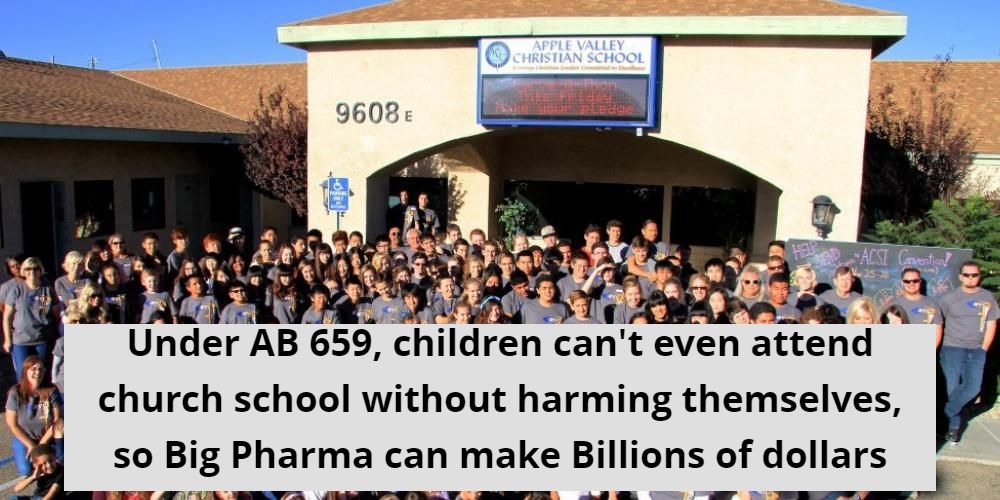
ABOUT THIS BAD BILL
AB 659 is authored or coauthored by 8 Democrats (Assemblymembers Cecilia Aguiar-Curry, Wendy Carrillo, Laura Friedman, Ash Kalra, Liz Ortega, Diane Papan, Blanca Rubio, along with State Senator Scott Wiener).
The Democrat-controlled Legislative Counsel’s Digest: “This bill, the Cancer Prevention Act, would add human papillomavirus (HPV) to the above-described list of diseases for which immunization documentation is required. The bill would specifically prohibit the governing authority from unconditionally admitting or advancing any pupil to the 8th grade level of any private or public elementary or secondary school if the pupil has not been fully immunized against HPV. The bill would clarify the department’s authority to adopt HPV-related regulations for grades below the 8th grade level.”
AB 659, as amended Feb. 17, would also require health care and disability insurance policies to provide the Gardasil shot, and provide free Gardasil shots at abortion clinics under the state’s welfare program. The bill has been sent to the Assembly Health Committee; the bill’s status page says, “May be heard in committee March 12.”
‘MANDATING’ THE HPV JAB IS WRONG
1. Gardasil doesn’t reliably prevent cervical cancer: Drug manufacturer Merck claims its vaccine, Gardasil, targets 8 HPV types associated with cancer, yet there are 14 HPV strains associated with the development of cancer — if HPV infection persists over a long time. What’s more, since Gardasil was widely launched in 2006, late-stage cervical cancer has actually been increasing.
2. Gardasil is unnecessary to treat HPV: A very common sexually transmitted infection, HPV is rarely lethal. As Dr. Connie Trimble of Johns Hopkins Center explains, “For 90 percent of women with HPV, the condition will clear up on its own within two years. Only a small number of women who have one of the HPV strains that cause cervical cancer will ever actually develop the disease.” As former Gardasil researcher Dr. Diane Harper has said, “Ninety-five percent of women who are infected with HPV never, ever get cervical cancer. It seemed very odd to be mandating something for which 95 percent of infections never amount to anything.”
3. Gardasil is dangerous: Deadly blood clots, acute respiratory failure, cardiac arrest, autoimmune disorders (including premature menopause, causing infertility), and “sudden death due to unknown causes” have all occurred in girls after they’ve been injected with the Gardasil vaccine. Yet despite life-threatening side effects, Big Pharma and its allies continuing pushing it upon children and families. Gardasil’s false advertising was exposed in 2016 at a vaccine symposium in Germany, and the “HPV vaccine” is being strongly opposed in other countries due to injuries being publicly exposed.
PLEASE TAKE IMMEDIATE ACTION
Email your own California state assemblymember. To see websites and webforms, enter your voter registration address here. Urge your assemblymember to “Oppose AB 659. It has harmful side effects. Children don’t need Gardasil and parents don’t want it.” Send him or her any or all of the documentation below, and challenge them to read it (perhaps include links to one or more studies, news reports, and real-life stories).
Every local church, religious school, local church, and religious denomination can and should write a simple letter opposing AB 659 to the Assembly Education Committee and the Assembly Public Safety Committee (help build a long list of opponents for all committee members to see). Email these religious entities to ask them to participate.
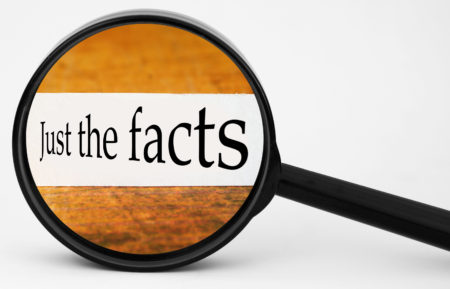
STUDIES:
4th International Symposium on Vaccines in Germany (April 2016)
“Is There Objective Evidence that the Current HPV Vaccination Programs are not Justified?” Video
From the symposium’s conclusion:
Q: Is it ethical to put young women at risk of death or a disabling autoimmune disease at a pre-adolescent age for a vaccine that has not yet prevented a single case of cervical cancer, a disease that may develop 20-30 years after exposure to HPV, when the same can be prevented with regular Pap screening which carries no risks?
A: We don’t know if it can offer any long-term clinical benefit for a disease that is safely preventable through other methods.
* * *
(Gardasil can induce or trigger autoimmune diseases. French government study finds Guillain-Barré syndrome, a crippling condition similar to polio, had a significantly higher rate among those vaccinated with the HPV vaccine compared to those who were not.)
French National Agency for Medicines and Health Products Safety, August 24, 2017
“Human papillomavirus vaccination and risk of autoimmune diseases: A large cohort study of over 2 million young girls in France” Source
Results: Among 2,252,716 girls, 37% received HPV vaccine and 4,096 AID occurred during a mean follow-up time of 33months. The incidence of AID was not increased after exposure to HPV vaccination, except for Guillain-Barré syndrome (GBS) (incidence rate of 1.4 among exposed [20 cases] versus 0.4 per 100,000 PY among unexposed [23 cases]; adjusted HR: 3.78 [1.79-7.98]). This association persisted across numerous sensitivity analyses and was particularly marked in the first months following vaccination. Under the hypothesis of a causal relationship, this would result in 1-2 GBS cases attributable to HPV vaccine per 100,000 girls vaccinated.
* * *
(This study found the statistics regarding the new Gardasil 9 particularly troubling, as the statistics suggest that severe harm is suffered every 140 injections, and the number needed to vaccinate in order to see any perceived benefits to the vaccine is 1757.)
Journal of the International League of Associations for Rheumatology, July 20, 2017
“Serious adverse events after HPV vaccination: a critical review of randomized trials and post-marketing case series” Source
Two of the largest randomized trials found significantly more severe adverse events in the tested HPV vaccine arm of the study. Compared to 2871 women receiving aluminum placebo, the group of 2881 women injected with the bivalent HPV vaccine had more deaths on follow-up (14 vs. 3, p = 0.012). Compared to 7078 girls injected with the 4-valent HPV vaccine, 7071 girls receiving the 9-valent dose had more serious systemic adverse events (3.3 vs. 2.6%, p = 0.01).
For the 9-valent dose, our calculated number needed to seriously harm is 140 (95% CI, 79–653). The number needed to vaccinate is 1757 (95% CI, 131 to infinity).
Pre-clinical trials, post-marketing case series, and the global drug adverse reaction database (VigiBase) describe similar post-HPV immunization symptom clusters. Two of the largest randomized HPV vaccine trials unveiled more severe adverse events in the tested HPV vaccine arm of the study. Nine-valent HPV vaccine has a worrisome number needed to vaccinate/number needed to harm quotient. Pre-clinical trials and post-marketing case series describe similar post-HPV immunization symptoms.
* * *
(Merck’s own website admits Gardasil does limited targeting and cannot address previous HPV infections that were sexually transmitted)
Merck: Indication for GARDASIL 9 Source
GARDASIL 9 has not been demonstrated to provide protection against diseases caused by:
- HPV types not covered by the vaccine
- HPV types to which a person has previously been exposed through sexual activity
* * *
(Merck’s original package insert after its 2006 approval listed numerous adverse effects)
Gardasil Package Insert source
Overall Summary of Adverse Reactions (Page 3)
Headache, fever, nausea, and dizziness; and local injection site reactions (pain, swelling, erythema, pruritus, and bruising) occurred after administration with GARDASIL.
Syncope, sometimes associated with tonic-clonic movements and other seizure-like activity, has been reported following vaccination with GARDASIL and may result in falling with injury; observation for 15 minutes after administration is recommended.
Common Systemic Adverse Reactions in Girls and Women 9 Through 26 Years of Age (Page 5)
Pyrexia, nausea, dizziness, diarrhea, vomiting, cough, toothache, upper respiratory tract infection, malaise, arthralgia, insomnia, nasal congestion
Pain, swelling, erythema, pruritus, bruising
Common Systemic Adverse Reactions in Boys and Men 9 Through 26 Years of Age (Page 6)
Headache, pyrexia, oropharyngeal pain, diarrhea, nasopharyngitis, nausea, upper respiratory tract infection, abdominal pain upper, myalgia, dizziness, vomiting
Adverse events reported during post-approval use of Gardasil (Page 10)
Blood and lymphatic system disorders: Autoimmune hemolytic anemia, idiopathic thrombocytopenic purpura, lymphadenopathy.
Respiratory, thoracic and mediastinal disorders: Pulmonary embolus.
Gastrointestinal disorders: Nausea, pancreatitis, vomiting.
General disorders and administration site conditions: Asthenia, chills, death, fatigue, malaise.
Immune system disorders: Autoimmune diseases, hypersensitivity reactions including anaphylactic/anaphylactoid reactions, bronchospasm, and urticaria.
Musculoskeletal and connective tissue disorders: Arthralgia, myalgia.
Nervous system disorders: Acute disseminated encephalomyelitis, dizziness, Guillain-Barré syndrome, headache, motor neuron disease, paralysis, seizures, syncope (including syncope associated with tonic-clonic movements and other seizure-like activity) sometimes resulting in falling with injury, transverse myelitis.
Infections and infestations: cellulitis.
Vascular disorders: Deep venous thrombosis.
GARDASIL has not been demonstrated to provide protection against disease from vaccine and non-vaccine HPV types to which a person has previously been exposed through sexual activity. (Page 27)
* * *
Connie Trimble, M.D., director of the Johns Hopkins Center for Cervical Dysplasia:
“For 90 percent of women with HPV, the condition will clear up on its own within two years. Only a small number of women who have one of the HPV strains that cause cervical cancer will ever actually develop the disease. Cervical dysplasia, where cell changes occur in the cervix at the opening to the uterus, is a more common outcome from HPV infection. I have a huge group of patients with persistent HPV infection who have never had any reason to need treatment. So if you have HPV, you can put it on your nuisance list and take it off your worry list.” Source
* * *
(Since Gardasil was launched in 2006, late-stage cervical cancer has actually been increasing, with heavily-vaccinated black women 50% more likely that others to have end-stage cancers — which begs the question: Can the vaccine cause cancer?)
International Journal of Gynecological Cancer
“The increasing incidence of stage IV cervical cancer in the USA: what factors are related?”
Research from UCLA, Sept. 2022 found the following:
“When examining the trends over time, there has been an annual increase in distant stage cervical cancer at a rate of 1.3% per year.”
“Black women have disproportionately higher rates at 1.55/100 000 versus 0.92/100 000 in White women.”
“Compared with Black women, White women also have lower rates of guideline screening and vaccination.”
* * *
NEWS:
New study finds HPV vaccine increased serious nervous system disorders, general harms Feb. 28, 2020 Source
The newly published research from Gøtzsche and co-authors found more of the same shoddy research behavior reporting:
“Serious harms were incompletely reported for 72% of participants. Nearly all control participants received active comparators. No clinical study report included complete case report forms.”
Furthermore, the researchers found:
“the HPV vaccines increased serious nervous system disorders and general harms.”
* * *
Bombshell study questioning HPV vaccine efficacy appears as UK’s cervical cancer rates rise in young Jan. 23, 2020 Source
Human papillomavirus (HPV) vaccines hit the global marketplace in the mid-2000s. From the start, public health agencies enthusiastically promoted HPV vaccination as the “best way to protect [young people] against certain types of cancer later in life.” However, a blistering new study by British researchers—and new data showing that cervical cancer rates are surging in British 25- to 29-year-olds—raise numerous questions about officials’ inflated claims. The study’s results indicate, instead, that the jury is still out on whether HPV vaccination is effective.
The question is far from academic because, prior to Britain’s introduction of HPV vaccination in 2008, cervical cancer rates had been trending sharply downward. In fact, between the late 1980s and mid-2000s, cervical cancer rates halved. Now, Britain’s leading cancer research charity (Cancer Research UK) reports a steep 54% rise in cervical cancer in one of the very age groups that first received the vaccine.
* * *
Five years since the suspension of proactive recommendation of the Human Papillomavirus (HPV) vaccine in Japan, June 14, 2018 Source
Compared to other routine vaccinations, an average of over seven times the number of serious adverse effects per one million HPV vaccinations have been reported, and the number of disability certifications by the Adverse Drug Reaction Relief System is almost ten times higher. The government has put in place research groups and selected cooperating medical institutions for the HPV vaccine, but measures to prevent adverse effects and to provide treatment have yet to be established. The public cannot use the HPV vaccine with peace of mind.
The government officially endorsed the HPV vaccine nine years ago, and many of the victims who were junior or high school students at the time of their HPV vaccination have now grown into adults. However, they have received no effective medical treatment until now and suffer from serious adverse effects, not only pain spreading all over their bodies and involuntary movements, but perceptual disorders, impaired mobility, sleep disruption, impaired memory, and learning disabilities.
* * *
Concordia professor condemns HPV vaccine after winning $270K federal grant to study it Source
A Montreal social scientist and the federal agency that awarded her almost $300,000 to study the HPV vaccine are facing criticism after the professor condemned the vaccine and called for a moratorium on its use.
Concordia University’s Genevieve Rail also said there is no proof that the human papillomavirus directly causes cervical cancer, though a German scientist was awarded the Nobel Prize five years ago for discovering the link.
The $270,000 that Rail — who has a doctorate in kinesiology — received is to examine HPV vaccination “discourses” and their effect on teenagers, using in part interviews and drawings.
Rail said in an interview on Thursday that she has no regrets about her public commentary, and hopes her voice will help offset the “dominant discourse” on the vaccine. Among the 170 interviews that formed the core of her four-year study were some with parents who believed the shots had caused serious side effects.
“I’m sort of raising a red flag, out of respect for what I’ve found in my own study, and for the despair of parents who had totally perfect 12-year-olds who are now in their beds, too tired to go to school,” she said. “Yes, we’re going against the grain, and we are going against those who are believed, i.e. doctors and nurses and people in public health.”
* * *
Columbia: Parents march for their daughters Source
March 6, 2015, hundreds of parents of girls with new medical conditions occurring after the second dose of Gardasil marched in Carmen de Bolivar to bring attention to the serious health issues their daughters are dealing with.
* * *
“They’ve been robbed of their womanhood:” Two sisters face one life-changing diagnosis Nov. 13, 2014 Source
There are few relationships in life as strong as that of sisters. It is a bond formed at birth strengthened through time. Maddie and Olivia Meylor are separated by just 13 months — sharing clothes, a love of sports, and in 2007, a life-changing doctor’s visit.
“We went to the same physician throughout the years,” said Joen Meylor, Maddie and Olivia’s mom.
At their annual physical, the doctor suggested a new vaccine.
“She said it would prevent cancer. I jumped on board and said ‘absolutely. Anything to prevent cancer,'” said Joen.
“I just remember the first shot. It hurt really bad,” said Olivia.
The initial pain was nothing compared to what they say happened next.
“As the years went on, Madelyne never got her period,” said Joen.
Time passed, and Maddie’s development took a turn.
“I still hadn’t had my period, which I thought was weird,” said Maddie.
After multiple doctor visits, her diagnosis was in.
“We did some testing and sure enough, I had POF,” said Maddie.
Maddie was diagnosed with premature ovarian failure. She was going through menopause at just 16 years old.
“I do remember just being confused and like, emotional,” Maddie said.
Maddie relied on Olivia for support. Only to find out months later the sisters shared the same fate.
“I was also diagnosed in July,” said Olivia.
“We were devastated,” said Joen.
“It’s rare at their age and it’s very rare that two sisters would have premature ovarian failure,” said Joen.
The sisters went through the same genetic testing, looking for answers. They say all roads led back to that doctor’s visit in 2007.
“I realized it was the Gardasil vaccine,” said Joen.
The Meylors believe the HPV vaccine is to blame for their rare disorder.
“I’m mad at myself. I should have looked into it. I kick myself every day for that,” Joen said.
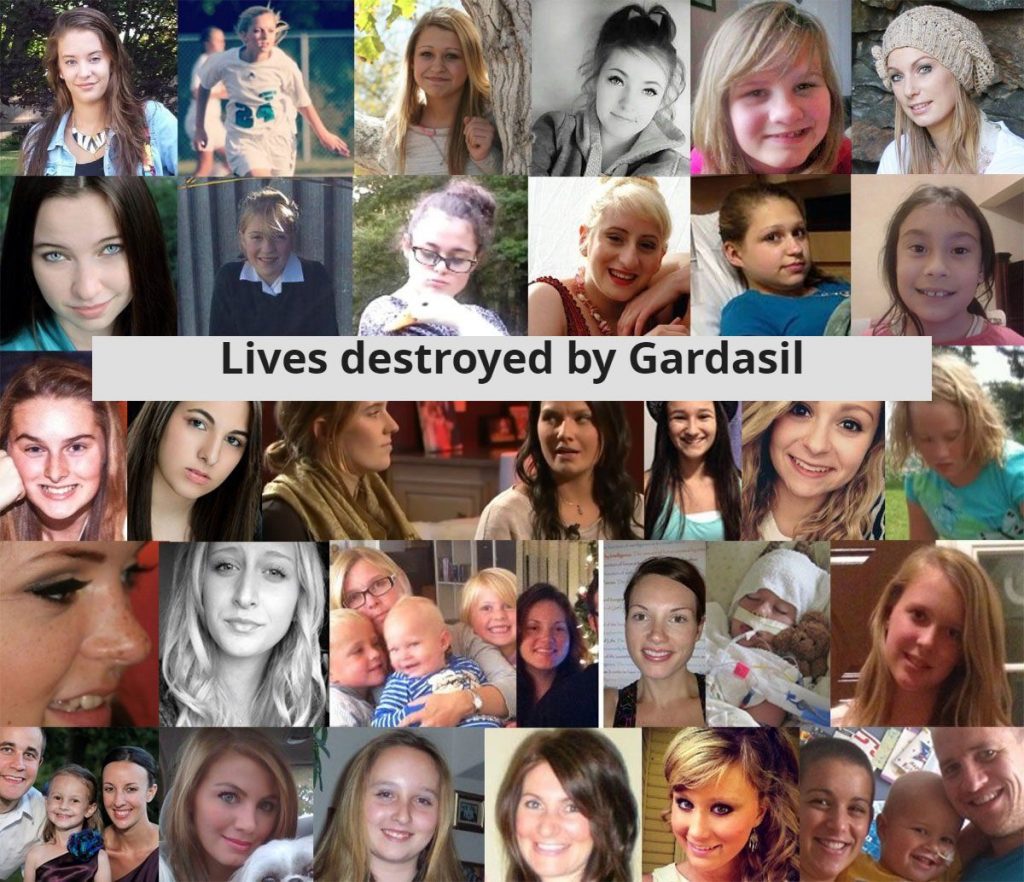
“I predict that Gardasil will become the greatest medical scandal of all times because at some point in time, the evidence will add up to prove that this vaccine, technical and scientific feat that it may be, has absolutely no effect on cervical cancer and that all the very many adverse effects which destroy lives and even kill, serve no other purpose than to generate profit for the manufacturers.”
Dr. Bernard Dalbergue, formerly with Merck, in an April 2014 interview

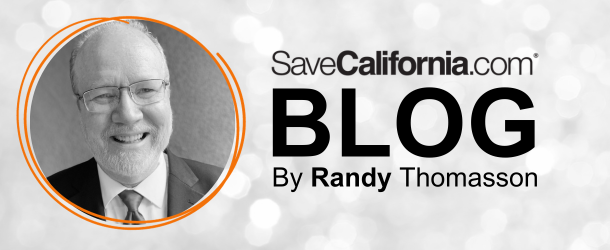


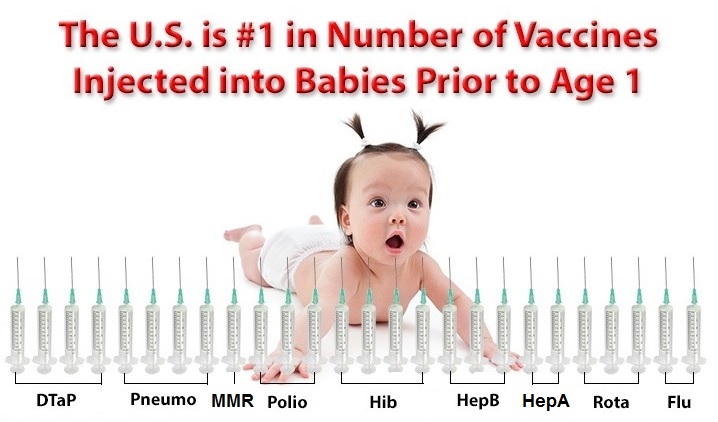
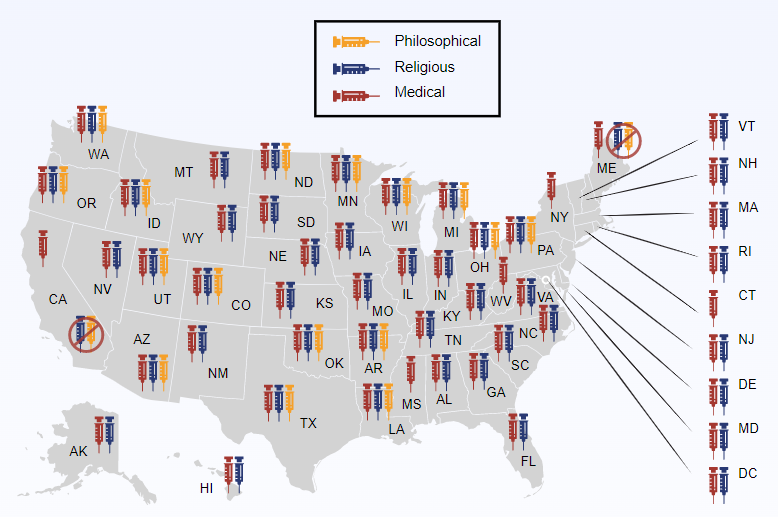
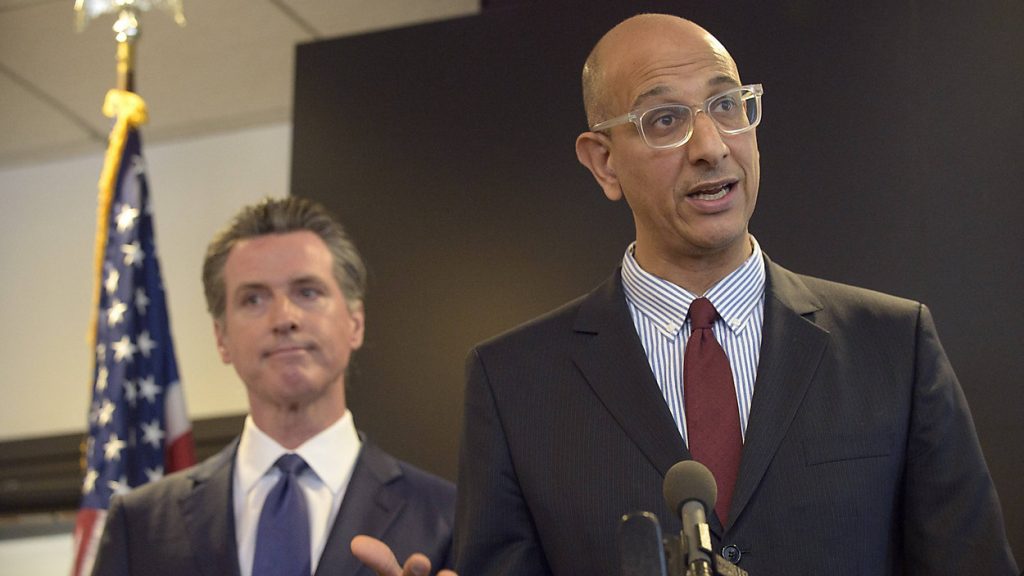
 RSS 2.0 Feed
RSS 2.0 Feed